The earlist Cut-out animation
Cut-out animation is one of my favorite types of animation. I first discovered it while watching the episode Xiao Man from the series Chinese Tales, which was made using cut-out techniques. This episode was directed by Xiaolin Zhou, an animator I really admire, and her work inspired me to learn more about cut-out animation. After that, I started exploring the history of this art form. Cut-out animation is a kind of stop-motion animation that uses materials like paper, cardstock, or photos. The first animated film ever made was a cut-out animation by Quirino Cristiani in Argentina. The oldest animated movie that still exists today is The Adventures of Prince Achmed (1926) by Lotte Reiniger, who is a pioneer in this field.

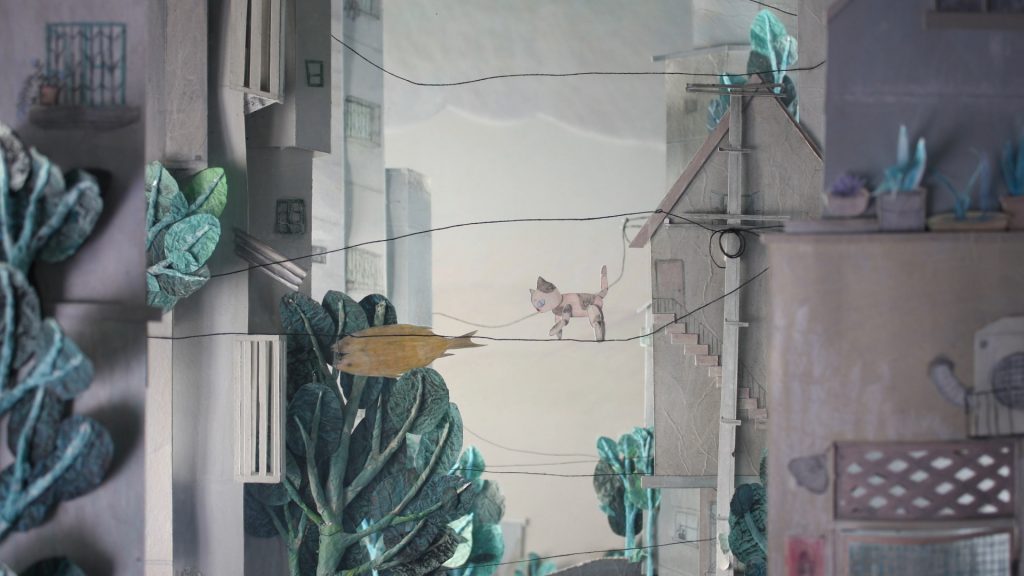
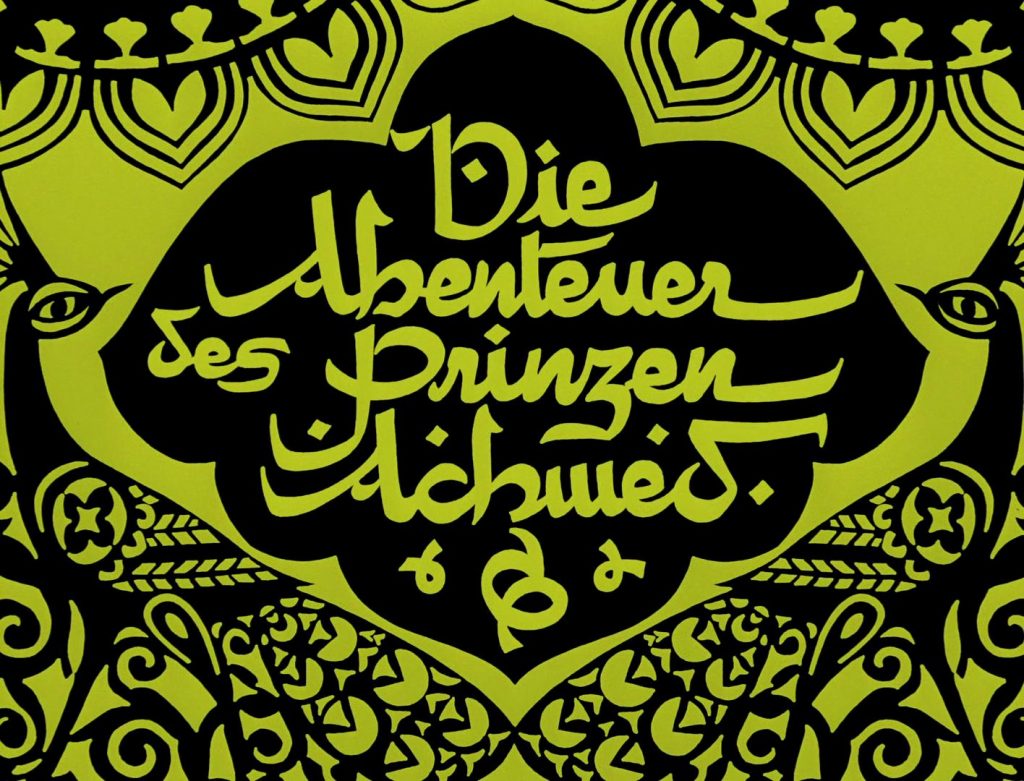
The connection between Cut-out animation and Shadow plays
Cut-out animation is similar to silhouette animation and has a lot in common with shadow plays. For example, characters in both styles often have joints held together with nails or pins, so they can move smoothly. This method has been used for hundreds of years in shadow plays, like the ombres chinoisesthat were popular in 18th-century France. Cut-out animation is closely connected to these traditional arts, which were especially popular in Europe during the 18th and 19th centuries.

The pioneer of Cut-out animation
Interestingly, Lotte Reiniger, who helped create cut-out animation, said in interviews that she wasn’t influenced by shadow plays. Her way of animating characters was very different. In shadow plays, characters move in wavy, flowing motions, but Reiniger used flat backgrounds and jointed parts to make her characters move. She also changed the lighting: shadow plays use light from the front, while Reiniger lit her scenes from above.
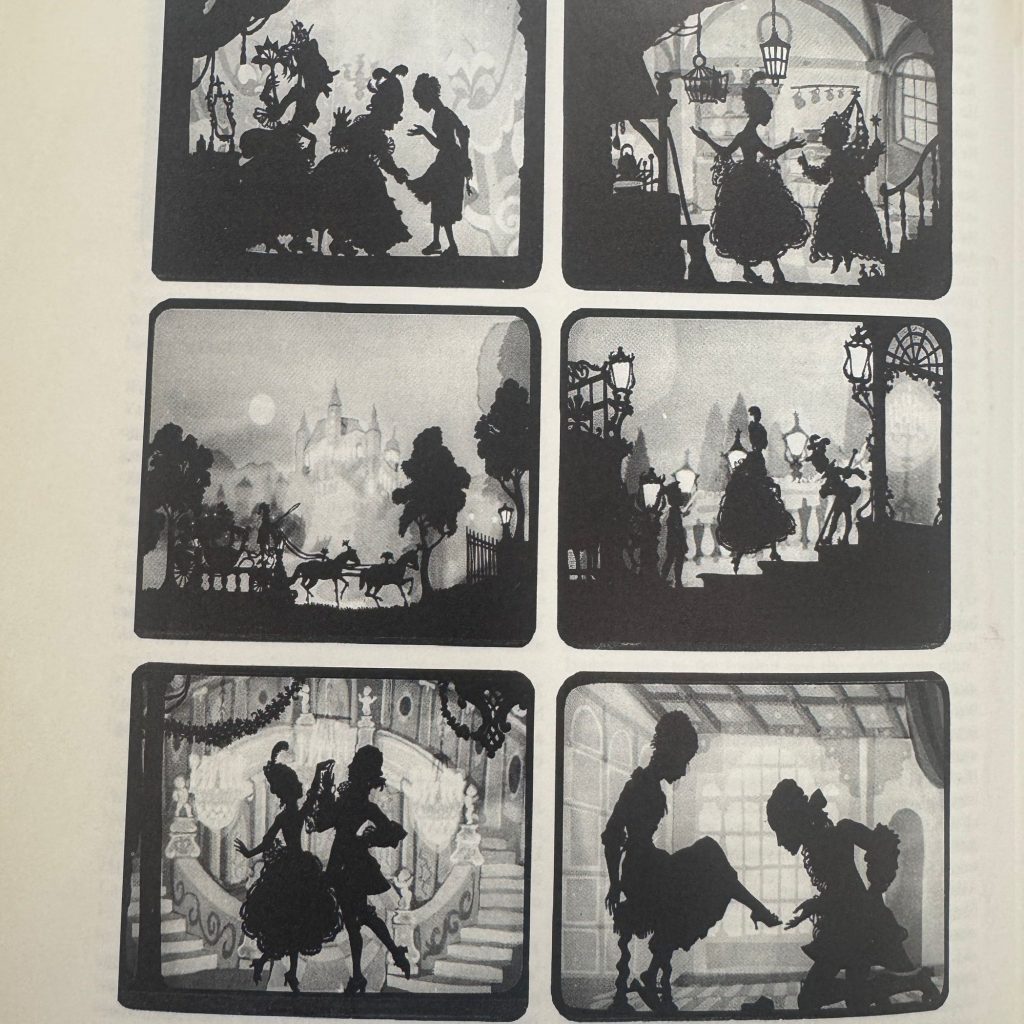
The reasons for the popularity of Cut-out animation
Cut-out animation is sometimes used in children’s shows because it’s a simple way to make animation. But it’s also seen as a very artistic medium, different from hand-drawn animation. Before 1934, this technique was often used in Japan because cel animation was too expensive. However, cut-out animation has some limits. For example, it’s harder to show facial expressions or make characters turn and rotate compared to cel animation. In The History of Chinese Paper-Cutting, Li Baochuan points out that paper-cut animation only works in two-dimensional space, which makes it unique but also limits what it can do. Still, I think cut-out animation is like 2.5D animation, somewhere between 2D and 3D. It lets artists use all kinds of materials to make characters or scenes—like real grass, magazine pictures, buttons, or fabric. The backgrounds also have layers, which makes them look deep, like a theater set. For example, you can cut out hills and castles and layer them between sheets of paper to create a sense of space. This technique also lets animators move backgrounds frame by frame, like making clouds drift across the sky.
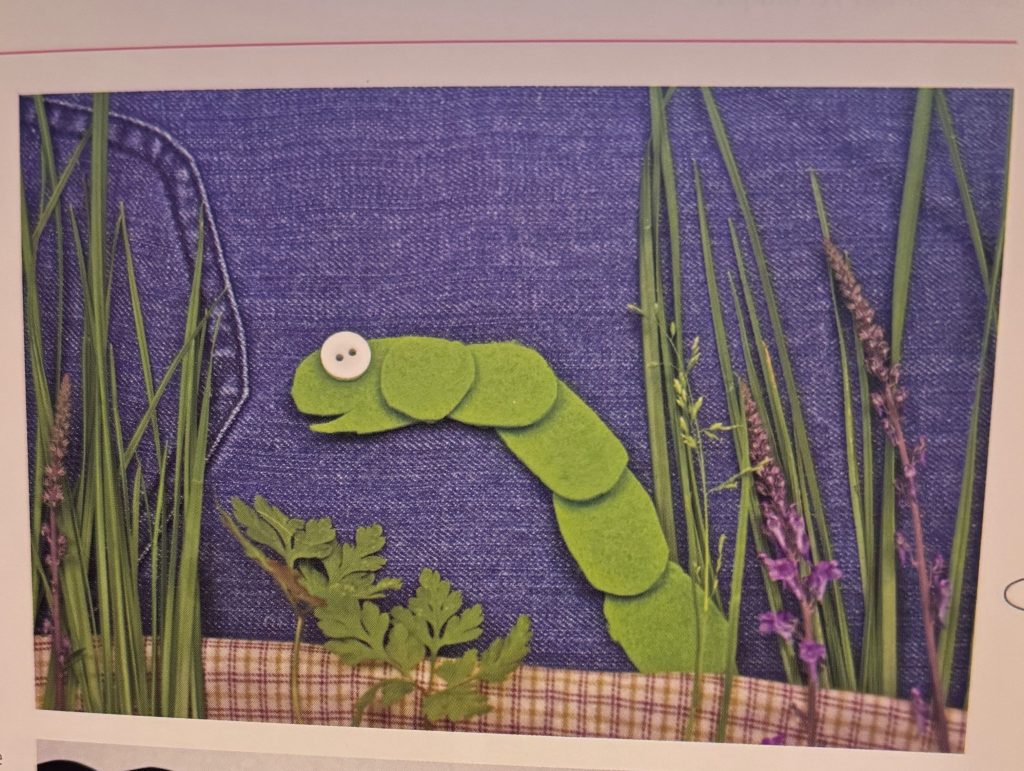
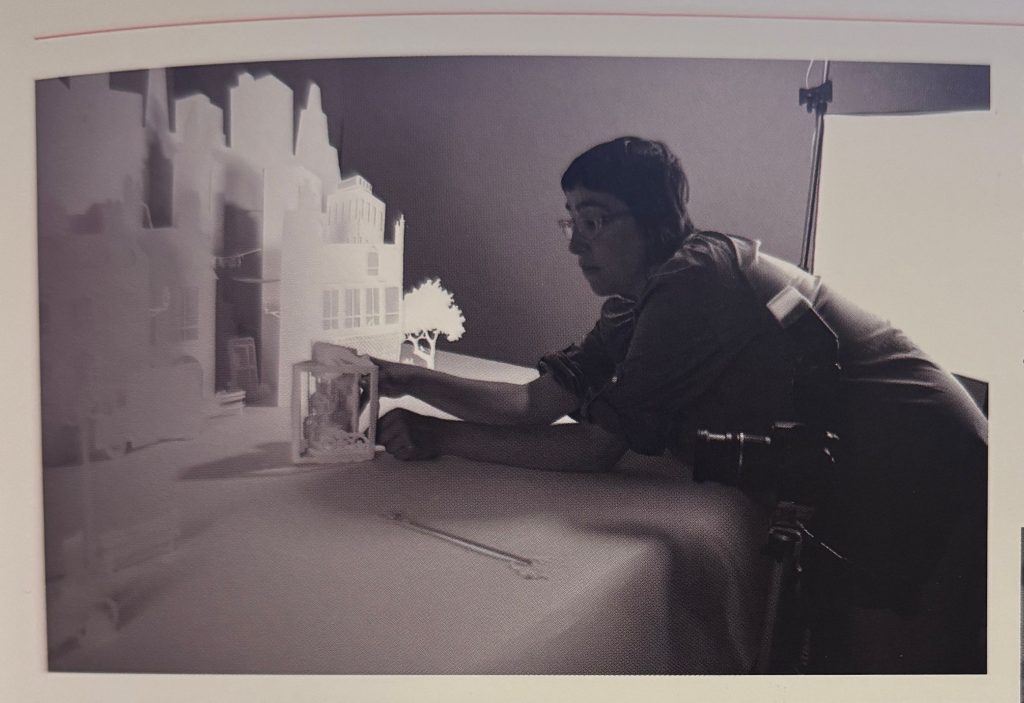
The current status and future development of Cut-out animation
Today, cut-out animation has combined with digital technology. Instead of cutting materials by hand, artists use scanned images or vector graphics. Animation software has made cut-out animation more varied and modern, opening up new creative possibilities.
References
Pilling, J. (Ed.). (1992). Women and animation: A compendium. The British Film Institute.
Williams, R. (2009). The animator’s survival kit (Expanded ed.). Faber and Faber.
Ternan, M. (2012). Stop motion animation: How to make and share creative videos using clay, paper, post-its, puppets … and more! Apple Press.
Li, B. (2023). The history of Chinese paper-cutting animation. Lingnan Fine Arts Publishing House.
Sharp, J. (2004, September 23). Pioneers of Japanese animation (Part 1). Midnight Eye. Retrieved December 10, 2009.
Leave a Reply